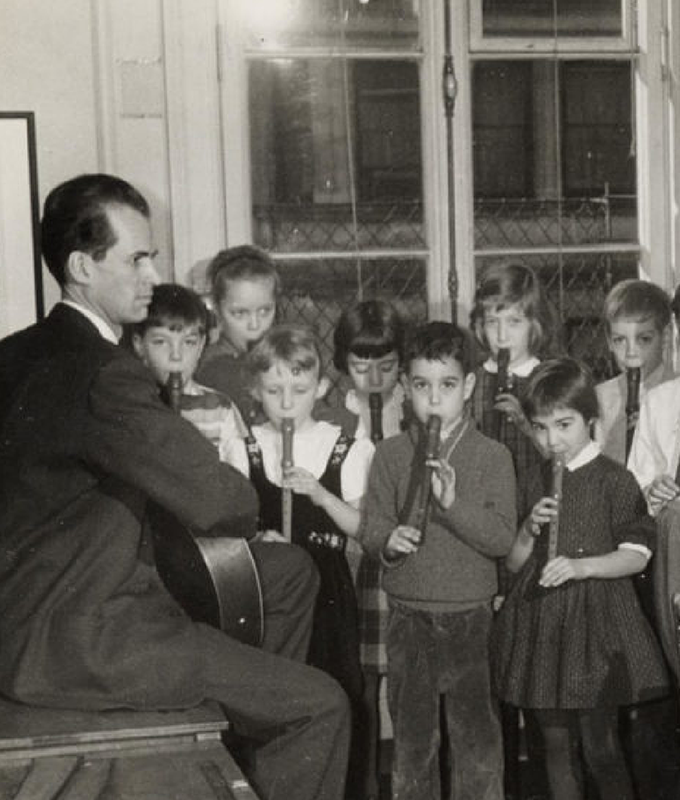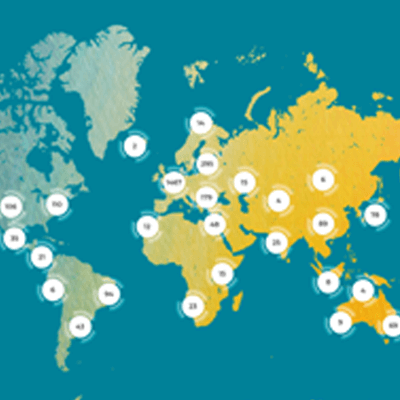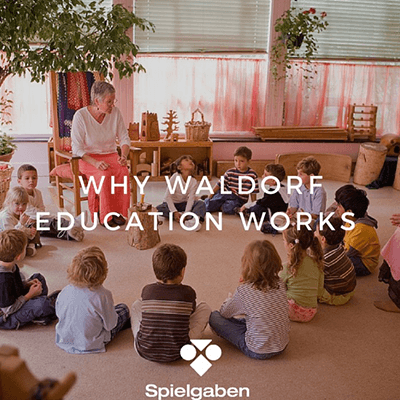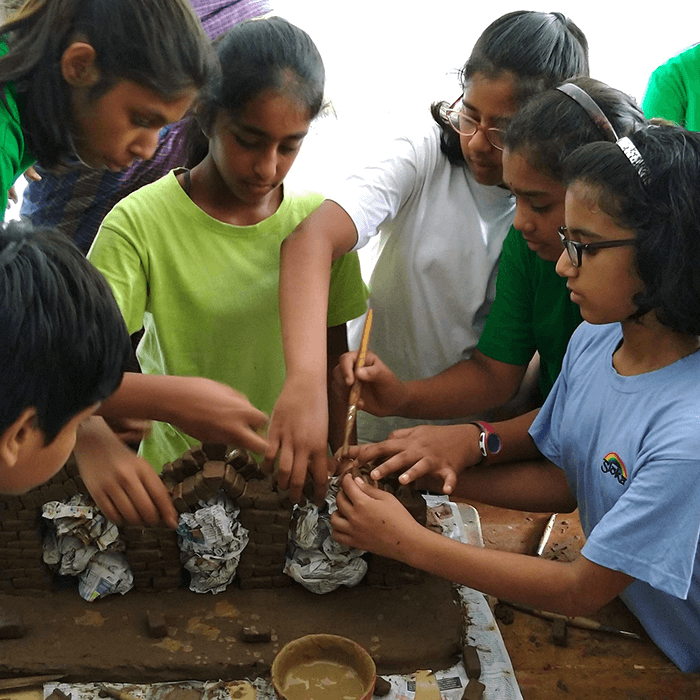
Holistic education
Waldorf education focuses on the holistic development of each child — intellectually, emotionally, socially, and physically. It emphasises the integration of academic, artistic, and practical skills to nurture well-rounded individuals.
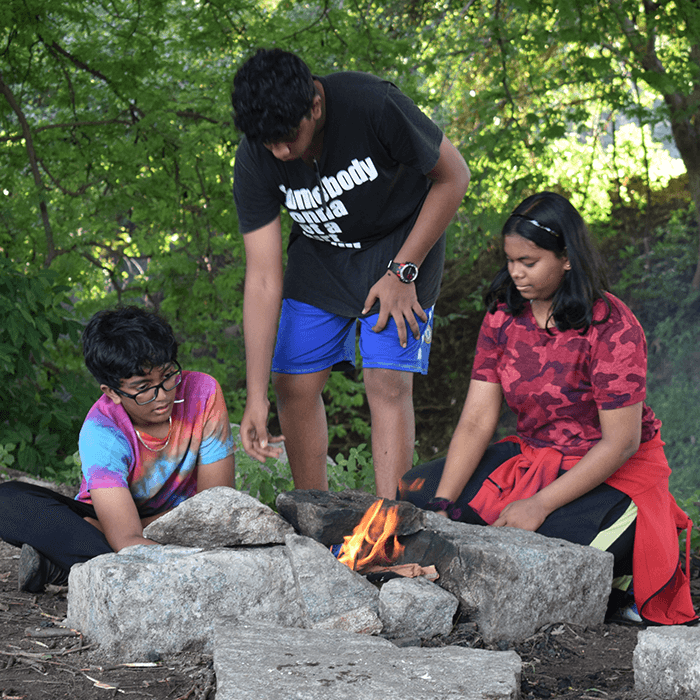
Developmentally appropriate curriculum
The curriculum in Waldorf education is tailored to the developmental stages of children. It recognises that children go through different phases of growth and learning, and aligns educational content and teaching methods accordingly.
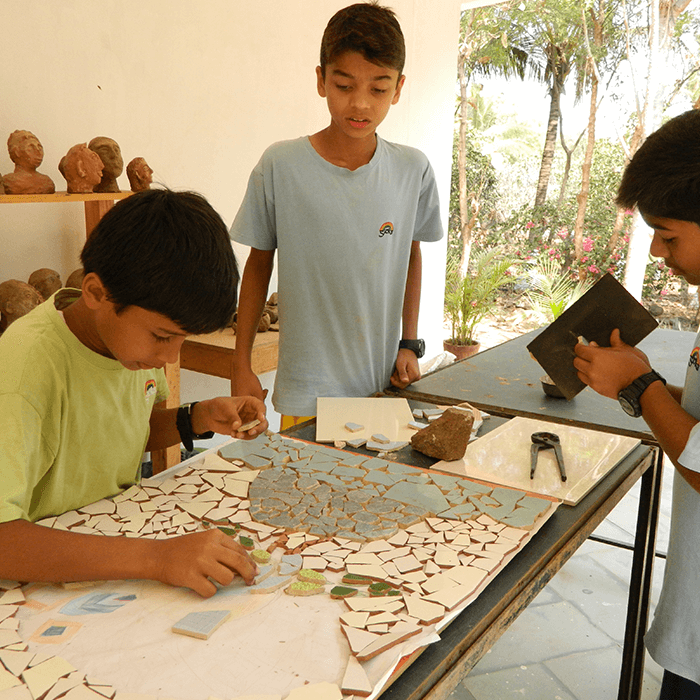
Emphasis on arts and creativity
Waldorf schools place a strong emphasis on the arts, including music, visual arts, and movement. These creative activities interwoven with lessons are seen as essential for fostering imagination, intuition, and self-expression.
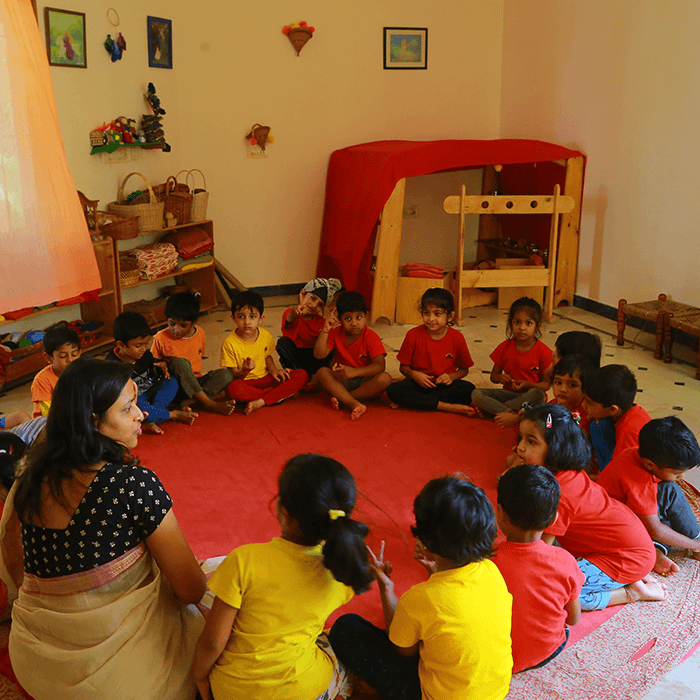
Relationship-centred learning
Teachers in Waldorf education often stay with the same class of students for several years, allowing them to build strong, long-term relationships. This fosters a sense of trust and security, which is believed to enhance the learning experience.
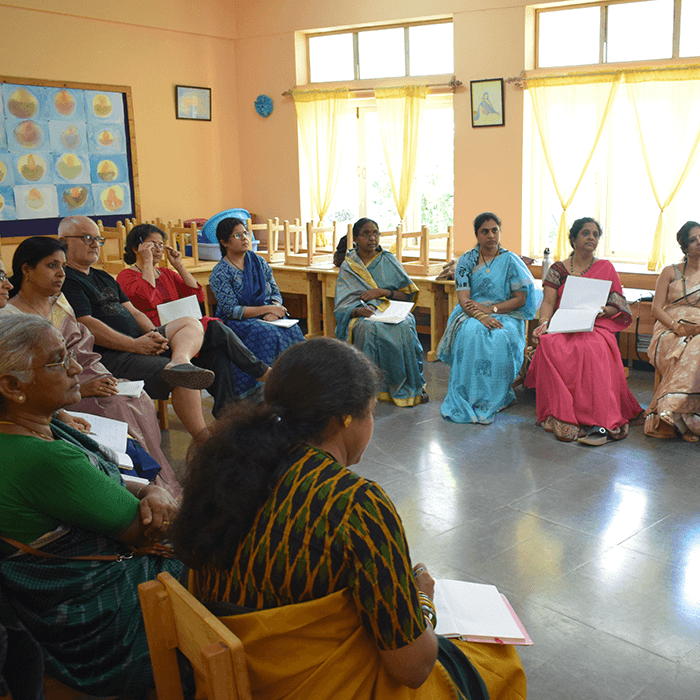
The College of Teachers
Teachers from every discipline meet frequently to work towards the benefit of children. Additionally, the Pedagogy Circle meets every week to discuss matters related to the school. The Circle holds reading sessions of Steiner’s works and Waldorf literature, and discusses the processes and systems of the school. Teachers also participate in ‘Child Study’ where they seek to help any child facing issues through constructive suggestions from the entire pedagogy to arrive at the best possible solutions.
